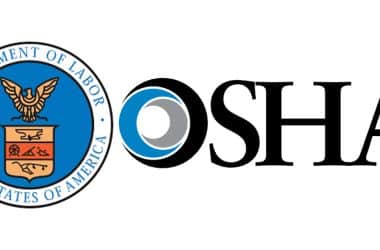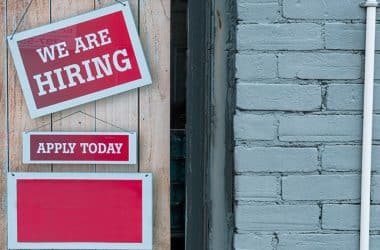
Hearing loss is preventable if more construction-related employees wear hearing protection.
The facts sound bad.
The problem is, though, that the workers who are impacted have a hard time hearing the facts. According to the National Institute for Occupational Safety and Health (NIOSH):
- 51 percent of construction workers have been exposed to hazardous levels of noise.
- 52 percent of those construction workers exposed to hazardous levels of noise report not wearing hearing protection.
Because of this:
- About 14 percent of construction workers have difficulty hearing.
- About 7 percent of construction workers have tinnitus.
- About 25 percent of construction workers have hearing impairment that impacts their day-to-day activities.
There are more than 8.2 million construction workers across the country. This means:
- About half a million of them have tinnitus.
- 1.2 million of them have difficulty hearing.
- More than 2 million of them have hearing loss that affects their daily activities.
These numbers are both unfortunate and preventable if more construction workers wear hearing protection.
“Having worked in construction most of my life, I operated power tools from an early age. The unfortunate price I am paying now for not wearing hearing protection back then is tinnitus in both ears today,” says Bryant Seymour, a safety and occupational health specialist in the OSHA Directorate of Construction.
Seymour began his career in construction more than 30 years ago. He has worked for and owned construction companies over those years.
Several of his jobs were in construction safety, such as being the project manager of an asbestos removal crew on a military base when he was 18 years old.
He has worked as a safety professional at OSHA since 2012. Now, he wants to use his experience to keep workers safe.
“Like so many people, when I was young, I thought I was bulletproof, so I did not feel the need to wear hearing protection. I knew better, but I just didn’t want to,” says Seymour.
That way of thinking has long-term effects, which OSHA is working to prevent.
“Hearing conservation in construction is more than just safeguarding workers’ hearing. It’s about maintaining their long-term health and allowing them to carry out their tasks with focus and clarity,” says Terra Gaines, an industrial hygienist at OSHA.
“Consistent use of hearing protection and regular monitoring helps prevent irreversible damage, which improves quality of life beyond the workplace.”
Seymour wants all construction supervisors to instill that message of consistent use in their work crews.
“Leaders should make young workers, who feel like it won’t happen to them, use their hearing protection. If you want to be an effective leader, it’s your responsibility to tell those crews not just to wear, but why to wear it,” Seymour points out. “This issue impacts all facets of life. You take this home with you.”
EXPOSURE & CONTROLS
Exposure to Noise is measured in units of sound pressure levels called decibels, using an A-weighted sound level (dBA). There are several ways to control and reduce worker exposure to noise in a workplace where exposure has been shown to be excessive.
Engineering controls involve modifying or replacing equipment or making related physical changes at the noise source or along the transmission path to reduce the noise level at the worker’s ear. Examples of inexpensive, effective engineering controls:
- Choose low-noise tools and machinery.
- Maintain and lubricate machinery and equipment (e.g., oil bearings).
- Place a barrier between the noise source and the employee (e.g., sound walls or curtains).
- Enclose or isolate the noise source.
Administrative controls are changes in the workplace or schedule that reduce or eliminate workers’ exposure to noise. Examples:
- Operate noisy machines during shifts when fewer people are exposed.
- Limit the amount of time a person spends at a noise source.
- Provide quiet areas where workers can gain relief from hazardous noise sources.
- Control noise exposure through distance is often an effective, yet simple and inexpensive administrative control. Specifically, for every doubling of the distance between the source of noise and the worker, the noise is decreased by 6 dBA.
HEALTH EFFECTS
Exposure to high levels of noise can cause permanent hearing loss. Neither surgery nor a hearing aid can help correct this type of hearing loss.
Short-term exposure to loud noise can also cause a temporary change in hearing (your ears may feel stuffed up) or a ringing in your ears (tinnitus). These short-term problems may go away within a few minutes or hours after leaving the noise. However, repeated exposure to loud noise can lead to permanent tinnitus and/or hearing loss.
Loud noise can create physical and psychological stress, reduce productivity, interfere with communication and concentration, and contribute to workplace accidents and injuries by making it difficult to hear warning signals.
The effects of noise-induced hearing loss can be profound, limiting your ability to hear high-frequency sounds, understand speech, and seriously impairing your ability to communicate. SBJ




